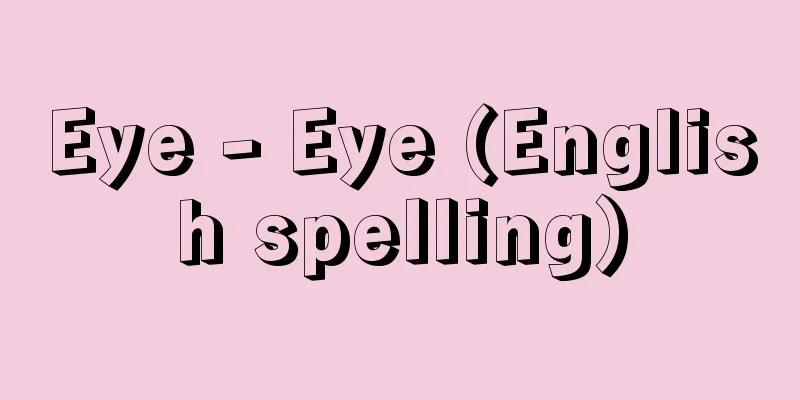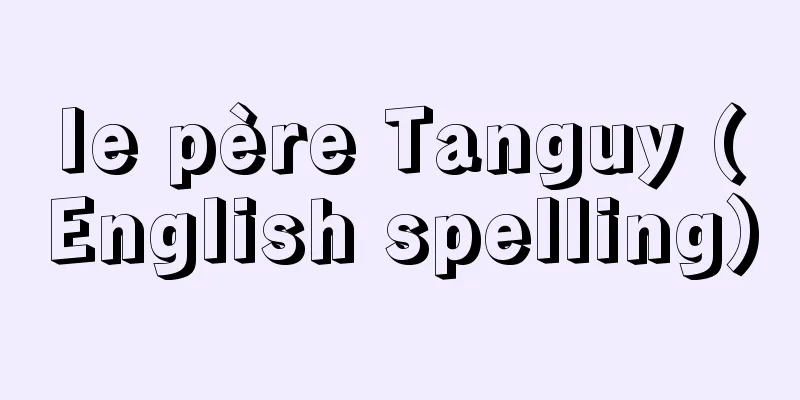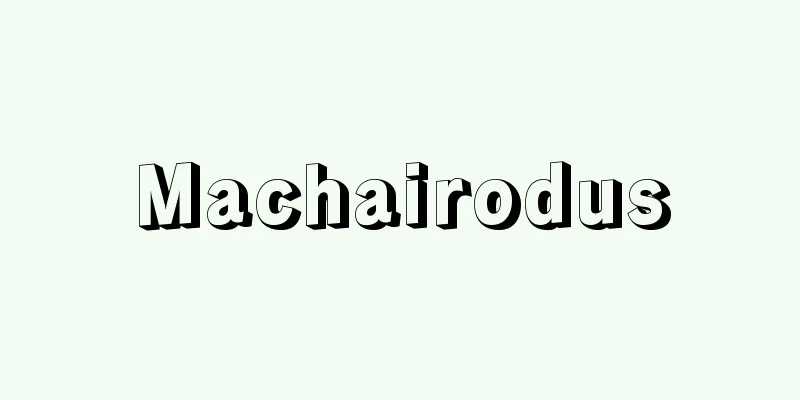Analytical psychology

|
A general term for the theory and practice of psychotherapy proposed by Swiss psychiatrist Jung, CG. Jung contributed to the development of psychoanalysis in collaboration with Freud from the early 20th century, but later parted ways with Freud due to theoretical differences and walked his own path. Like Freud, Jung also placed importance on the phase of the unconscious, but the two differed in what it encompassed. While Freud proposed that the unconscious was basically something that the subject experienced and that was once conscious and then repressed, Jung called this level of the unconscious the personal unconscious, and considered a phase called the universal unconscious at a deeper level. The universal unconscious is also called the collective unconscious. Unlike the personal unconscious, it is said to contain content that the subject as an individual has never experienced or become conscious of. In other words, this content is a type that produces universal images that are common to a race, or even to a species or type of human beings, that transcends the "individual" of the individual, and this type is called an archetype. Jung came to think of the unconscious with these characteristics when he was intensively involved in treating the mentally ill during a period in which he found commonalities between the contents of the hallucinations and delusions he observed in the mentally ill and the symbols in myths and folk tales. The universal unconscious is the basis for producing mythological images common to all of humanity, transcending individuals. Such mythological images produced by the universal unconscious can be categorized according to their commonalities. For example, the mythological image of a being who brings about solutions to difficult situations with a power beyond human knowledge or power can be named "Messiah." Representative examples of such categories include the shadow, anima, animus, persona, wise old man, great mother, and self. Archetypes themselves are latent patterns and tendencies that form such categories, and are distinct from the archetypal images that they embody. For example, the "Messiah" archetype can be represented as the image of Jesus in one culture and as the archetypal image of a bodhisattva in another. Analytical psychology, which has the theoretical characteristics described above, places dreams at the center of therapeutic practice. Freud also placed importance on dreams, but for him dreams were wish fulfillment, and when latent dream thoughts become explicit dream thoughts, censorship is activated, and wishes are fulfilled but are distorted so as not to threaten consciousness, so dreams become a kind of code. In a sense, dreams are "deceiving," and for Freud dream analysis was nothing more than analyzing dreams that try to deceive and discovering hidden wishes. In contrast, Jung considers compensation to be the most important function of dreams. The compensation function is when images are sent from the unconscious to consciousness to restore the wholeness of the mind when the attitude of consciousness becomes too biased. At this time, an "unknown fact" is brought to consciousness, which is an intuitive idea whose existence is shown and which cannot be shown in any other way than as an image, even though it could not be clearly grasped within the previous consciousness system. These "unknown facts" are nothing other than symbols, and Jung considered this to be the essence of dreams, calling the function in which the unconscious brings symbols to consciousness the transcendental function. Here, it is believed that dreams are mysterious to consciousness not because they "deceive" us, but rather because dreams are of a higher order than consciousness. Analytical psychology became widespread in Japan in 1965 when Hayao Kawai, the first Japanese to obtain a Jungian analyst license, introduced the sandplay technique. Sandplay therapy is a psychotherapy technique that was inherited and developed by D. Kalff, who adopted Jung's theory from the world technique created by M. Lowenfeld. A box measuring 57 cm long x 72 cm wide x 7 cm high, with the inside painted light blue, is filled with sand (water is represented by digging in the sand), and the client expresses an image by freely placing a miniature of their choice in the box in the context of their relationship with the therapist. In analytical psychology, the practice and interpretation theory of sandplay therapy basically follow those of dream analysis, but it is a technique with its own therapeutic significance, as it is different from dreams in that it uses pre-prepared miniatures, has a tactile quality due to touching sand and miniatures, images are expressed in the context of a relationship with a real therapist, and a certain degree of ego control can be exercised when expressing images. →Unconscious [Katsuaki Kawazaki] Latest Sources Psychology Encyclopedia Latest Psychology Encyclopedia About Information |
|
スイスの精神科医,ユングJung,C.G.が提唱した,心理療法の理論および実践体系の総称。ユングは,20世紀初頭からフロイトFreud,S.と協同し精神分析の発展に貢献するが,のちに理論的な相違からフロイトと袂を分かち,独自の道を歩んだ。 ユングもフロイトと同様に無意識unconsciousという位相を重視したが,両者ではその内包するものを異にしている。フロイトの提唱する無意識が基本的には主体が経験し,一度意識化された内容が抑圧されたものであるのに対して,ユングはそのような無意識の水準を個人的無意識とよび,さらにその深層に普遍的無意識collective unconsciousという位相を考えた。普遍的無意識は集合的無意識ともよばれる。それは個人的無意識と異なり,個人としての主体が経験・意識化したことのない内容も含まれているとされる。すなわちその内容とは,個人という「個」を越えた民族,ひいては人類という「種」や「類」に共通している普遍的なイメージを産出する型であり,この型は元型archetypeとよばれる。ユングがこのような特徴をもつ無意識を考えるに至った経緯には,彼が精神病者の治療に集中的にかかわっていた時期があり,そこで観察された精神病者の幻覚妄想の内容と神話や昔話における象徴との間に共通性があることを見いだしたということがある。普遍的無意識は個人を越えた人類に共通する神話的イメージを産出する基盤である。 普遍的無意識から産出されるこのような神話的イメージはその共通性によって分類することが可能となる。たとえば,人智・人力を超えた力によって困難な状況に解決をもたらす存在の神話的イメージを「メシア」と名づけることができよう。このようなカテゴリーの代表的なものとして,影,アニマ,アニムス,ペルソナ,老賢者,グレートマザー,セルフなどが挙げられる。元型そのものは,このようなカテゴリーを形成する潜在的な型,傾向性であり,それらが具象化した元型的イメージとは区別される。たとえば,「メシア」元型がある文化圏ではイエス像として,また別の文化圏では菩薩像という元型的イメージとして表象されうるように。 上記のような理論的特徴をもつ分析心理学は治療実践において夢dreamをその中心においている。フロイトも夢を重視したが,彼にとって夢とは願望充足であり,潜在的夢思考が顕在的夢思考になるときに検閲が働き,願望は充足されつつもしかし意識を脅やかさないように変形を被るため,夢は一種の暗号のようになる。いわば,夢は「ごまかす」のであり,フロイトにとっての夢分析とはごまかそうとする夢を分析し,隠された願望を見いだすことにほかならない。対してユングは,夢がもつ機能として補償を最も重要なものとして考える。補償機能とは,意識の態度があまりに偏った場合に,心の全体性を回復させるためのイメージが無意識から意識に送り込まれることをいう。このときに,それまでの意識体系内では明確に把握することができないながらも,その存在が示され,その形象以外の方法では示されえない直観的観念である「未知の事実」が意識にもたらされる。この「未知の事実」こそが象徴にほかならず,ユングはこれを夢の本質と考え,無意識が意識に象徴をもたらす機能を超越機能とよんだ。ここでは,意識にとって夢が不可解なのは夢が「ごまかす」からではなく,むしろ,意識よりも夢の方が高次なものであるためだと考えられている。 日本においては1965年に日本人として初めてユング派分析家資格を取得した河合隼雄が箱庭療法sandplay techniqueを紹介したことで分析心理学は一般的に広まった。箱庭療法とは,ローエンフェルドLowenfeld,M.が創作した世界技法をカルフKalff,D.がユングの理論を取り入れて継承発展させた心理療法の技法である。内側が水色に塗られた縦57㎝×横72㎝×高さ7㎝の箱に砂が入っており(砂を掘ることで水が表現される),クライエントはセラピストとの関係性の中で,箱の中に選んだミニチュアを自由に置いてイメージを表現する。分析心理学においては,箱庭療法の実践と解釈理論は基本的に夢分析のそれに従っているが,あらかじめ用意されているミニチュアという既製品を使用すること,砂やミニチュアに触れるという触覚性,現存するセラピストとの関係性の中でイメージが表現されること,イメージ表現をする際にある程度の自我のコントロールを働かせうることなどが夢とは異なり,独自の治療的意義をもった技法となっている。 →無意識 〔川嵜 克哲〕 出典 最新 心理学事典最新 心理学事典について 情報 |
>>: Analytical chemistry - analytical chemistry
Recommend
Aspergillus tonophilis
A species of the genus Aspergillus in the order Mo...
Alphonse de Rothschild
1827‐1905 A French Jewish banker. The eldest son o...
blue fox
…There are two types of foxes: those whose summer...
Chromolithography
...What broke this stagnation of lithography was ...
Mu Chuchū (English spelling)
1877‐1943 Chinese businessman. His real name was X...
Chuji Aoi
1904-1975 A businessman from the Showa era. Born ...
Hroswitha von Gandersheim
935?-980? Germany's first female poet. Also sp...
peteca
...A game in which players hit a flat ball with f...
Watergate Scandal - Watergate case
On June 17th, in the middle of the 1972 US presid...
Amami woodcock (English spelling)
...They build shallow hollows in the ground where...
Heterothermy - Ionsei
A warm-blooded animal whose body temperature varie...
Fossil soil
This soil was buried under alluvial deposits, lava...
Extremadura (English spelling)
A region on the central coast of Portugal. It incl...
Something to be examined - Ginmimono
In the Edo period, this referred to cases in which...
Ishikari Mountains
Located in central Hokkaido, this mountain range ...









